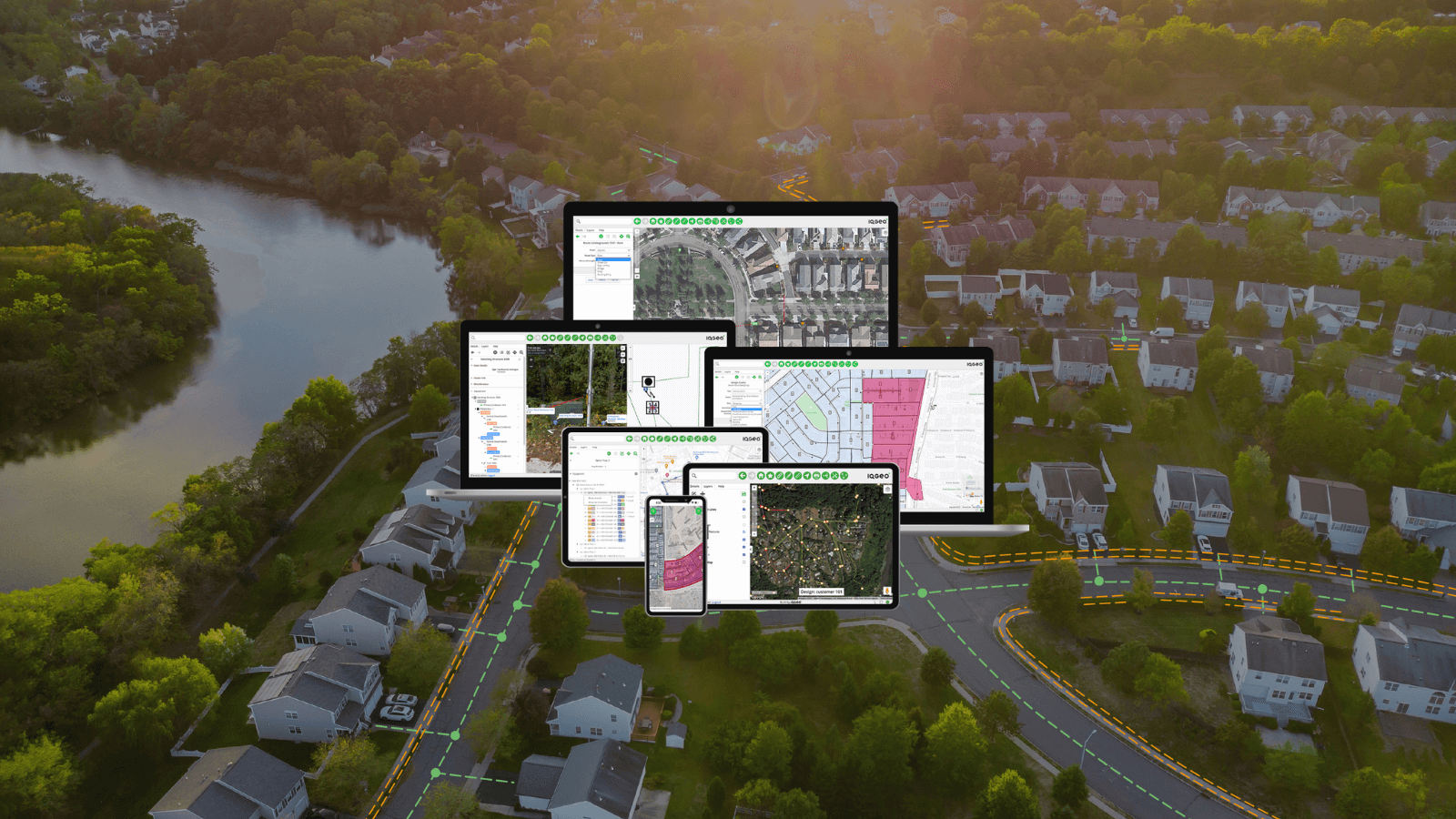As an aspiring engineer, I am always on the lookout for innovative solutions that can transform the way we approach sustainable energy. Recently, I had the opportunity to collaborate with IQGeo using its Comsof Heat software, on a research project focused on the feasibility of district heat networks (DHN) for rural areas in Scotland.
Our study specifically examined the village of Leverburgh on the Isle of Harris, where the need for sustainable energy alternatives is particularly high due to fuel poverty and the urgent need to reduce CO2 emissions. In this article, I will share the insights we gained from this exciting collaboration and explore the potential impact of small-scale, community-driven sustainable energy solutions.
Leverburgh and the need for sustainable energy
The village of Leverburgh is situated on the Isle of Harris in the Outer Hebrides of Scotland. The Isle of Harris has one of the highest rates of fuel poverty in the UK with 62% of households in fuel poverty including 26% in extreme fuel poverty. Therefore, the community of Leverburgh requires new solutions which can help to elevate fuel poverty and reduce CO2 emissions concurrently in line with the Climate Change Acts from the Scottish Government. The village is situated close to numerous bodies of water and the aim of the project was to determine the viability of using a Water Source Heat Pump (WSHP) to supply heat for a district heat network (DHN) to meet the demands of residents.
The potential of district heat networks and water source heat pumps
District heat networks (DHNs) have gained popularity in Scotland as a means of decarbonizing heat supply. These systems involve centralizing heat generation and distributing it to multiple buildings through a network of underground pipes. Leveraging the expertise of Comsof Heat and their advanced DHN modelling tools, we set out to investigate the feasibility of implementing such a system in Leverburgh.
Water source heat pumps (WSHPs) played a crucial role in our research. These innovative devices extract heat from water sources, such as rivers, lochs, and canals, to provide a sustainable and renewable heat supply. Scotland's abundant water resources make it an ideal location for WSHP implementation, with over 30,000 lochs, 125,000km of rivers, and 220,000km of canals across the country.
Comsof Heat - a powerful modelling tool for a district heating plan
To assess the feasibility of a district heat network in Leverburgh, we turned to Comsof Heat's advanced software solution. This powerful tool enabled us to model and simulate various scenarios, allowing for quick iteration and accurate assessments of different designs. It provided us with valuable insights into the materials required, the optimal fluid velocity, pressure drops, and the effects of different DHN types on system feasibility.
The first step in our modelling process involved creating a map of Leverburgh and selecting the buildings that would be connected to the network. We then mapped out the trenches that would house the pipework, defining the network routing. Gathering data on the heat demands of the buildings on a yearly and peak demand basis, we entered this information into Comsof Heat to drive our simulations.
Optimizing design through simulation and analyzing different heat scenarios
With the heat demand data and DHN path defined, we embarked on an iterative process to optimize the design. Comsof Heat allowed us to explore different pipe diameters, evaluating the impact on fluid velocity and associated pressure drops. Our goal was to find the most efficient configuration for the DHN, while also considering the potential for ultra low temperature district heat networks (ULTDHNs) and different heat pump coefficient of performances (COPs).
Through these simulations, Comsof Heat provided us with comprehensive data on total heat demands and losses. This information was instrumental in sizing suitable water source heat pumps (WSHPs) and thermal energy storage systems (TES). Additionally, we used these results to calculate the electrical demands of WSHP operation, assess financial feasibility, and determine the potential CO2e savings achievable by implementing the district heating network.
Financial feasibility and cost-benefit analysis
In addition to its simulation capabilities, Comsof Heat offers valuable financial tools that allowed us to estimate capital expenditures (CAPEX), operational expenditures (OPEX), and overall financial feasibility of the DHN system. These tools enabled us to conduct a granular cost-benefit analysis, exploring the potential benefits of connecting peripheral dwellings to the network and identifying optimal roll-out phases for network installation.
The versatility of Comsof Heat, from small to large scale projects
While our project focused on a small-scale district heat network in Leverburgh, it became evident that Comsof Heat's capabilities and versatility of its modelling extend beyond our specific case study. The software is equally applicable to larger-scale projects, making it a valuable tool for both engineers and researchers.
This flexibility is a testament to IQGeo's commitment to fostering research and innovation in sustainable energy solutions. By providing access to their advanced modelling package, they empower the next generation of engineers to tackle real-world challenges and drive positive change in communities worldwide.
Empowering engineers to shape a greener future
Our collaboration with IQGeo's Comsof Heat solution and the research conducted at the University of Glasgow showcased the immense potential of small-scale district heat networks for rural communities. Leveraging the power of water source heat pumps and the advanced capabilities of Comsof Heat, we demonstrated how sustainable energy solutions can alleviate fuel poverty, reduce CO2 emissions, and bring positive change to communities in need.
The research conducted in Leverburgh serves as a reminder of the profound influence that engineers can have in developing and implementing sustainable energy solutions.
I am grateful for the opportunity to collaborate with IQGeo and utilize their district heating modeling tool - Comsof Heat. Their commitment to research and innovation aligns with my own aspirations, and I am confident that their expertise will continue to drive positive change in the field of sustainable energy.
DESNZ has issued a tender for Heat Network Zoning and IQGeo can support any consultancy with Comsof Heat.
The approach with Comsof Heat offers significant advantages in the development and optimization of the initial zoning opportunity's (IZO’s). Using Comsof Heat enables consultancies to provide a consistent level of detail, accuracy, and quality output over all IZO’s, underpinning DESNZ requirement to implement a standardized heat network zoning methodology. Using an automated routing, dimensioning and planning tool enables an integrated solution where the geospatial model, the technical model and the financial model are tightly interconnected, integrated within a GIS application. Doing so enables a consistent and precise estimation of the required heat capacity and distribution infrastructure, minimizing the risk of overinvestment or underestimation.
Contact Kurt Marlein to discuss partnering with IQGeo and utilizing Comsof Heat for the UK Heat Network Zoning project.

Energy Transition Graduate at WSP UK
Similar articles:

 Previous
Previous







